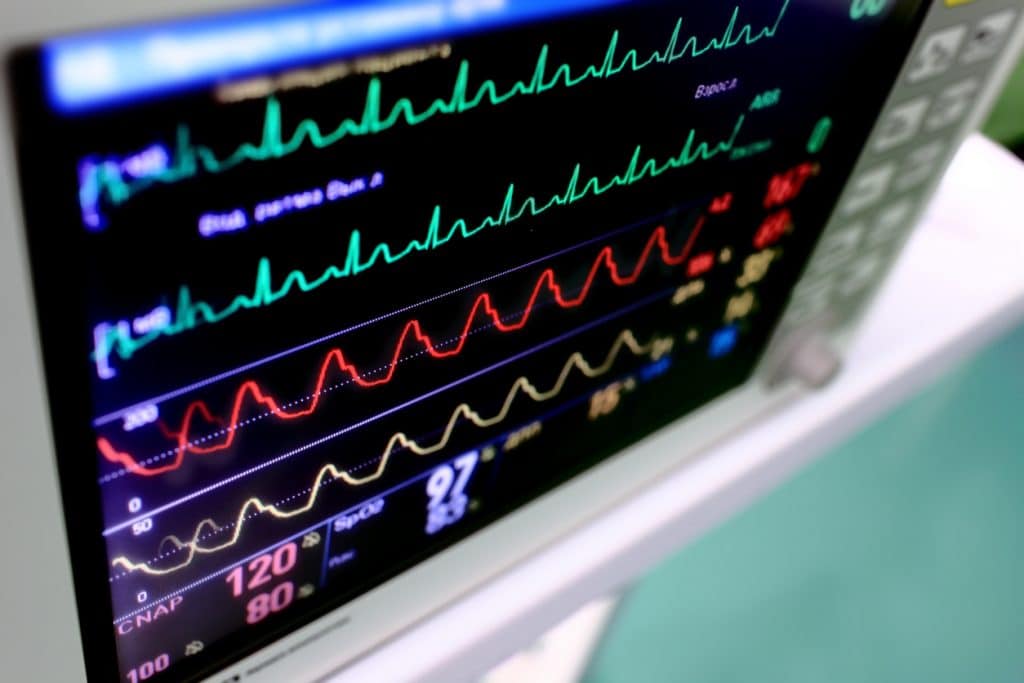Healthcare Utilization and Costs of Cardiopulmonary Complications Following Cardiac Surgery in the United States

Purpose
This study examined postoperative heart failure (HF) and respiratory failure (RF) complications and related healthcare utilization for one year following cardiac surgery.
Methods
This study identified adult patients undergoing isolated coronary artery bypass graft (CABG) and/or valve procedures from the Cerner Health Facts® database. It included patients experiencing postoperative HF or RF complications. We quantified healthcare utilization using the frequency of inpatient admissions, emergency department (ED) visits with or without hospital admission, and outpatient visits. We then determined direct hospital costs from the determined healthcare utilization. We analyzed trends over time for both HF and RF and evaluated the association between surgery type and HF complication.
Results
Of 10,298 patients with HF complications, 1,714 patients (16.6%) developed persistent HF; of the 10,385 RF patients, 175 (1.7%) developed persistent RF. Healthcare utilization for those with persistent complications over the one-year period following index hospital discharge comprised an average number of the following visit types: Inpatient (1.49 HF; 1.55 RF), Outpatient (2.02, 0.51), ED without hospital admission (0.33, 0.13), ED + Inpatient (0.08, 0.06). Per patient annual costs related to persistent complications of HF and RF were $20,857 and $30,745, respectively. There was a significant association between cardiac surgical type and the incidence of HF, with risk for isolated valve procedures (adjusted OR 2.60; 95% CI: 2.35–2.88) and CABG + valve procedures (adjusted OR 2.38; 95% CI: 2.17–2.61) exceeding risk for isolated CABG procedures.
Conclusions
This study demonstrates that HF and RF complication rates post cardiac surgery are substantial, and complication-related healthcare utilization over the first year following surgery results in significant incremental costs. Given the need for both payers and providers to focus on healthcare cost reduction, this study fills an important gap in quantifying the mid-term economic impact of postoperative cardiac surgical complications.
